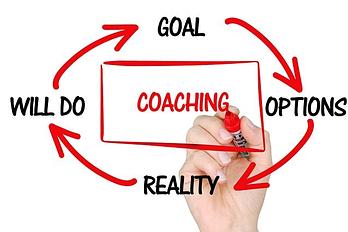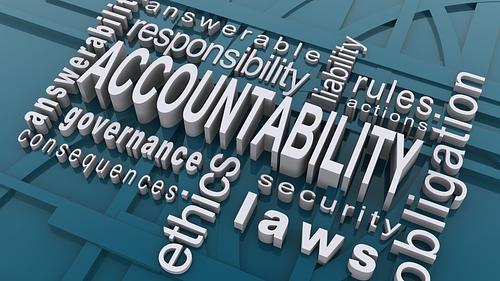July 27, 2022 - Coaching Business
A useful guide for creating an effective coaching session
Want your coaching session to be meaningful and fruitful for your clients? Read on to find out how you can achieve this.
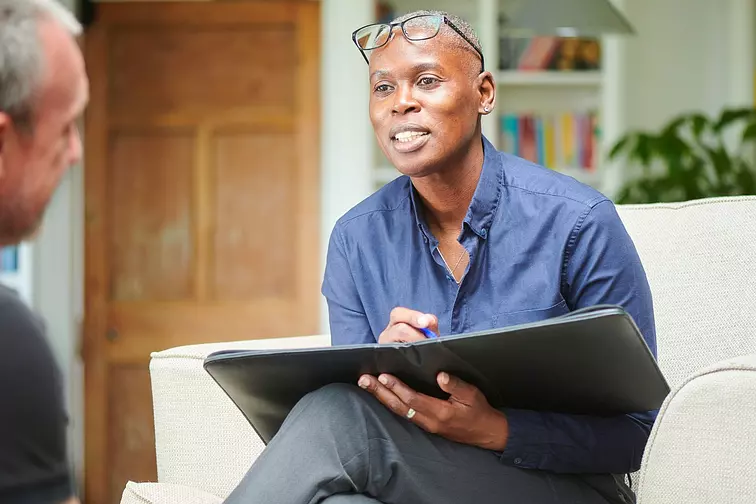
So, your discovery call was a success and you have your first coaching session booked. Congratulations!
But, wait…what’s next?
How should I structure my coaching session?
How do I prepare for it?
How do I engage with my client?
How do I apply my coaching expertise?
Yes, there are many things to consider!
You may feel apprehensive and indeed a little nervous if it's your first coaching session.
But, don’t worry. Calm down and relax.
Believe it or not, taking a breather and putting yourself into a calm state of mind is one of the important things to do prior to your coaching session.
Without proper preparation, your coaching session could have hiccups with unwanted and undesirable consequences.
Starting off on the wrong footing could be costly in terms of a poor client experience or worst, a request for a refund and adverse client reviews.
To avoid this, it’s essential to have a well-structured and planned out coaching session, so let’s dive right into it…
WHY DOES HAVING A STRUCTURE FOR YOUR COACHING SESSION MATTER?
You may have acquired your coaching client through a word-of-mouth referral, a successful sales funnel, a recommendation on social media or online forums, etc.
Whatever the case may be, your new client has approached you with the belief and hope that you can help them. They will have high expectations of you.
Your first coaching session is vital as a follow-up to your successful discovery call.
According to Evercoach.com, knowing how to maximize the conversation in every one of your coaching sessions is essential. It is the ONE key thing that will shape the outcome that your clients can look forward to now, tomorrow, next month, and even years in the future.
Having a structure to your coaching sessions will help you stay focused so that both you and your client can have meaningful sessions. It should serve as a general framework to help guide your sessions, without limiting your creativity.
BENEFITS OF A WELL-STRUCTURED COACHING SESSION FOR YOUR CLIENTS
According to Thinkific.com, there are 3 reasons why a well-defined coaching session structure is a good idea:
-
It will help your clients feel comfortable. Every session, they will know what to expect, and it will take them less time to open up to meaningful, out-of-the-comfort-zone conversations.
-
You’ll never skip an important question. We’re all human. Without an action plan to follow, you might get caught up in client conversations and forget to ask important questions that could take the session from engaging to engaging and productive.
-
It makes for a signature experience. Following a well-structured process during every session will help you come across as a professional and consistently deliver a high-quality service that is uniquely and recognizably yours.
4 STEPS TO CREATE AN EFFECTIVE COACHING SESSION
Let’s explore the 4 steps that will help you create an effective coaching session. The steps are broken down for ‘pre’, ‘during’ and ‘post’ coaching sessions.
STEP 1: PRE-COACHING SESSION
Manage Your Coaching Practice in One Place
CoachVantage automates your business workflows so you can focus on impactful coaching results.
-
Ask your client for a short writeup of themselves
A fun idea for you to build rapport with your client is to ask them to send over their “life story” during the discovery call or a week before your coaching session.
This will give your client an opportunity to pen down their true feelings and have full control of how much or how little they would like to share. Their “life story” can also include questions or concerns that they might have, prior to the session.
For you as a coach, with their backstory in hand, it will save you a lot of time trying to figure them out. When you know your clients on a more intimate level, it will be easier for you to identify what needs to be addressed, making the session more fulfilling.
-
Straighten out logistics
Be it a physical meet-up outside, in your office or virtually, ensure that you are punctual, or even early, at the venue. If it is via Zoom, set up your audio and video at least 15 minutes before. Ensure that your vicinity is presentable without any distractions. Don’t forget, your clients might be busy too, so send them a meeting reminder to avoid last-minute cancellations.
-
Prepare the tools that you might need
Gather all the tools that you will need before your session starts. Handouts, notes, writing materials, visual aids or even video content.
-
Take a breather
We did mention before that taking a breather is important, right? ;)
You may be nervous if this is your first coaching engagement.This is completely normal! Close your eyes and do some breathing techniques to clear your mind.
It will help you to be fully present during your coaching session without any mental distractions or judgments of your own.
STEP 2: THE LEAD-UP
According to the International Coaching Foundation (ICF), this should be the “warm-up” step to your coaching session. It allows the creation of a safe space for your clients to feel comfortable and align them to be present for the moment.
You can start the lead-up with breathing techniques or a quick meditation, to help put your clients in a state of mindfulness.
Next, you can proceed to ask open-ended questions to understand your client’s state of mind to identify what their core issue is.
Here’s a hot tip: To help you further, according to Michael Bungay Stanier's book, here are two questions that you can start with:
What’s on your mind?
This question helps to get your client to highlight the core purpose and intent of the coaching session.
And, what else?
This short yet powerful question helps you go deeper with your client. Its purpose is to have them think more deeply and fully express themselves. It will help guide your client towards the next step: the breakthrough.
STEP 3: THE BREAKTHROUGH
This is the step where you employ your coaching techniques and skills to help your clients create and achieve the outcomes and results that they seek.
However, this is also the step where most coaches can get stuck themselves.
Why?
Because of their eagerness in wanting to help clients too rapidly, they may over-complicate the session, making it counterproductive.
To avoid this pitfall, remember that coaching sessions are about creating shifts over a period of time. It is a journey and a process. Hence, do not be overzealous in trying to accomplish the end result in a single session.
You may ask open-ended questions, such as:
-
What have you tried/not tried?
-
What do you think you will need to do to reach your goal?
-
What do you think will stop you?
-
Why do you think it will stop you?
These questions can help your client to have a-ha! moments and moments of self-discovery to arrive at their decisions and plan of action.
Don’t forget to listen actively to your clients while they are answering your questions. Practice emotional awareness for yourself first, to avoid biased observations, then pick up on your clients’ non-verbal cues because you will get additional insights.
For example, the two easiest non-verbal cues that you can pick up from a video call or an in-person session are:
-
Facial expressions - Are they smiling but constantly looking down out of nervousness? What could be their concern
-
Tone of voice - Does their voice project warmth, confidence, and interest, or is it strained and blocked?
If there are inconsistencies in your clients’ verbal cues, approach the situation calmly and patiently. Keep in mind that it may take time for clients to establish trust with you before they fully open up.
When they do, you’ll be able to get to the root of the issue and be able to help steer them to find the solution.
STEP 4: THE TAKEAWAY
The ‘Takeaway’ is the final step of a well-structured coaching session.
It is a call-to-action for what you and your client have acquired from Step 1: Pre-coaching session, Step 2: The Lead-Up and Step 3: The Breakthrough.
The Takeaway sets your clients up for success in their day-to-day life and to successfully attain their goals.
Do bear in mind that it might take time for them to apply the actions that have been discussed. Set realistic milestones and timelines so that they remain motivated and inspired to achieve the end goal, without feeling overwhelmed or disheartened.
The Takeaway is also a good checkpoint for your client to take notes of an action plan and commitments, ahead of the next session. It allows both of you to have a reference of what was discussed and facilitates a review during the next session.
According to the International Coaching Foundation (ICF), you can take this further by offering to share the key takeaways and next steps in a follow-up email.
CONCLUSION
Whether you’re a new or experienced coach, having a structured coaching session is an essential pillar in your coaching foundation.
When you coach multiple clients, it’s essential to stay organized so you can effectively track their progress. It’s easy to lose track of where you are in the process with each client.
Having all of your client worksheets and session notes in one place will help you remain organized, professional and efficient.
If you’re just starting out and have a few clients, using email to send worksheets or session notes may be quite manageable. However, once your business grows, you could quickly lose track of things.
CoachVantage is a coaching platform that helps you stay organized by keeping everything you need about your clients in one place.
It also provides your clients with access to a secure client portal where you can share notes and worksheets, set and track client goals and assignments. It helps you keep everything in one place so you can deliver a professional client experience.
Click on the button below for your free trial!
Want More Coaching Clients?
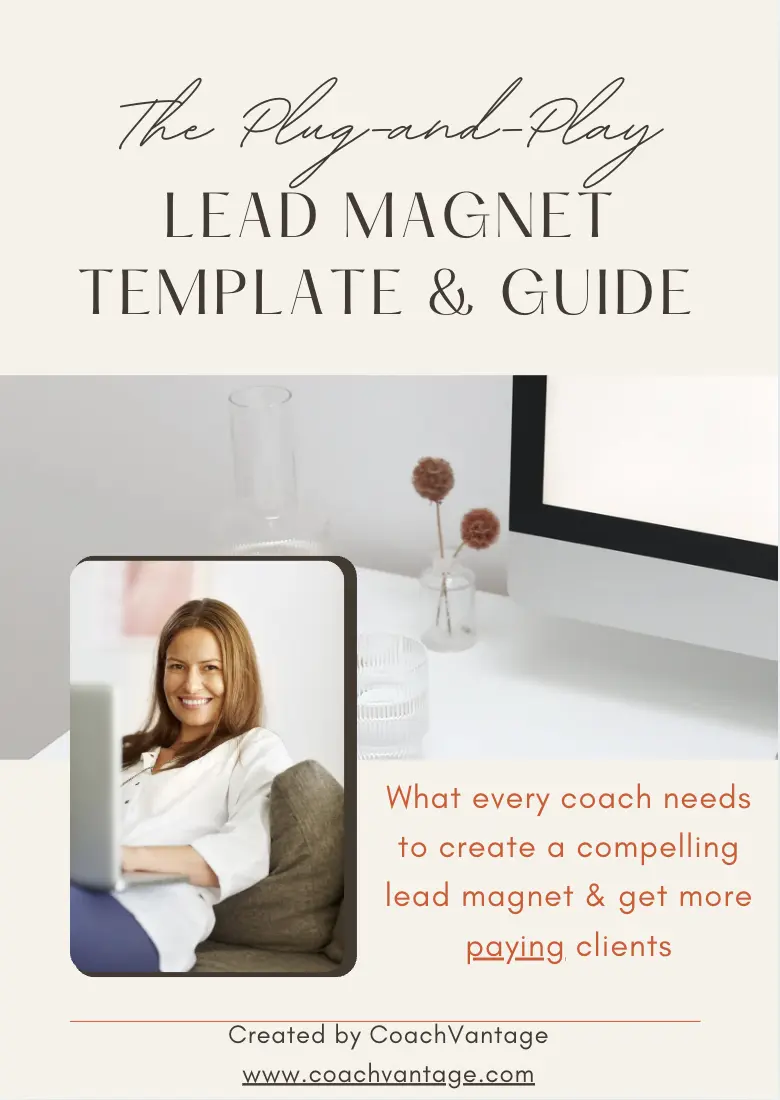
Get Your Free Guide to Create An Irresistible Lead Magnet
And attract clients who want to work with you.
Get Your Free Guide NowYou might also like...
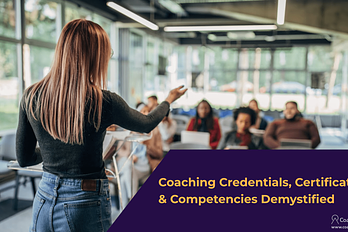
ICF Certifications And Coaching Credentials, Demystified!

9 Top-Notch ICF Accredited Life Coaching Programs Online
